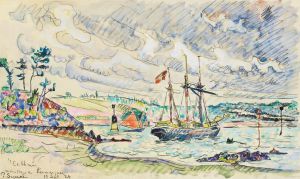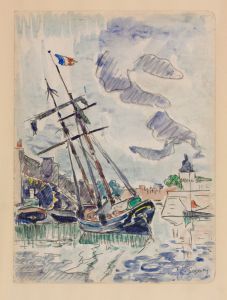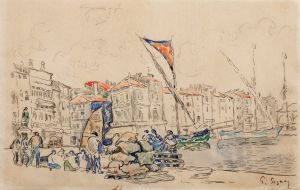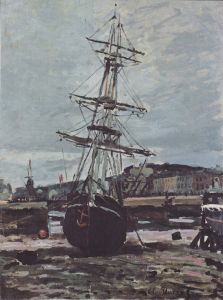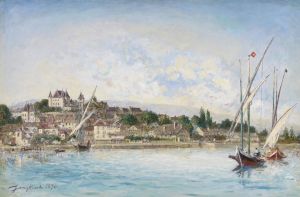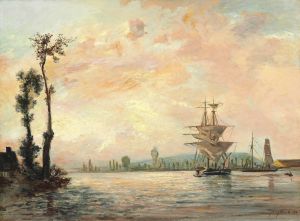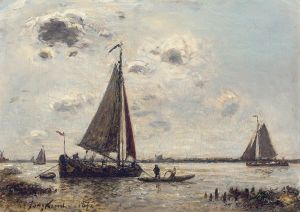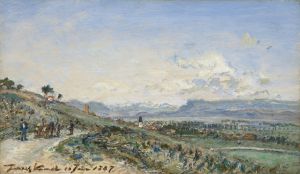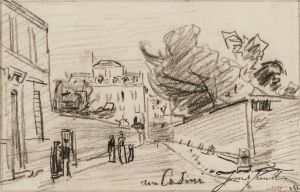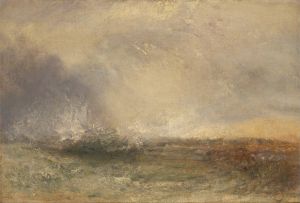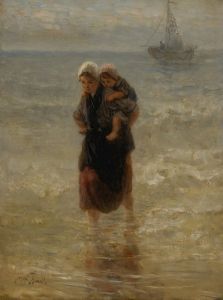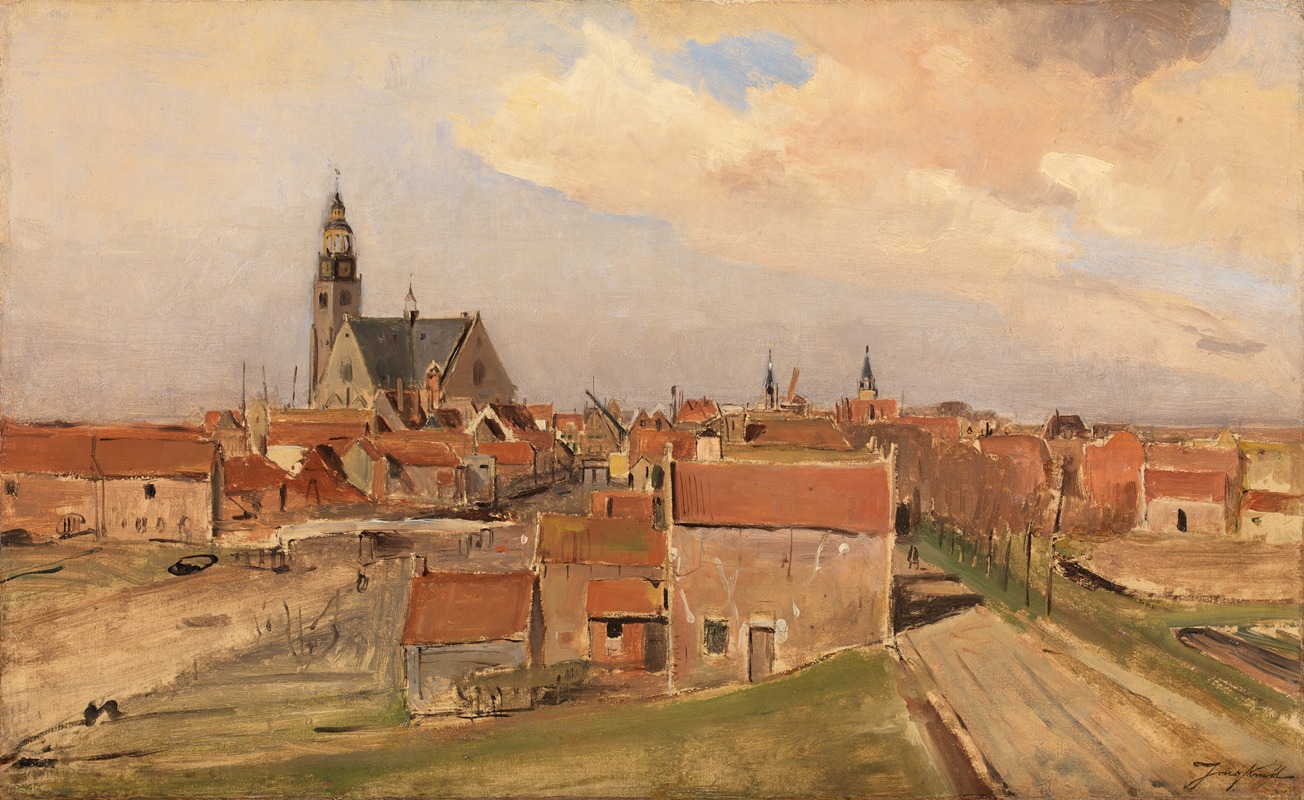
Ansicht von Maassluis
A hand-painted replica of Johan Barthold Jongkind’s masterpiece Ansicht von Maassluis, meticulously crafted by professional artists to capture the true essence of the original. Each piece is created with museum-quality canvas and rare mineral pigments, carefully painted by experienced artists with delicate brushstrokes and rich, layered colors to perfectly recreate the texture of the original artwork. Unlike machine-printed reproductions, this hand-painted version brings the painting to life, infused with the artist’s emotions and skill in every stroke. Whether for personal collection or home decoration, it instantly elevates the artistic atmosphere of any space.
Johan Barthold Jongkind was a Dutch painter known for his significant contributions to the development of Impressionism. Born on June 3, 1819, in Lattrop, Netherlands, Jongkind spent much of his career in France, where he became associated with the Barbizon School and later influenced the Impressionist movement. His work is characterized by its innovative use of light and color, often depicting landscapes and marine scenes.
One of Jongkind's notable works is "Ansicht von Maassluis" (View of Maassluis), which captures a scene from the Dutch town of Maassluis. This painting exemplifies Jongkind's skill in portraying atmospheric effects and his keen observation of nature. Maassluis, located near Rotterdam, is a town with a rich maritime history, and Jongkind's depiction reflects his fascination with nautical themes and the Dutch landscape.
"Ansicht von Maassluis" showcases Jongkind's ability to blend realism with a more fluid, impressionistic style. The painting likely features a view of the town's harbor or its surrounding waterways, capturing the interplay of light on water—a hallmark of Jongkind's work. His brushwork in this piece is both precise and expressive, allowing him to convey the transient effects of light and weather, which were central to his artistic vision.
Jongkind's approach to painting was innovative for his time. He often worked en plein air, or outdoors, which allowed him to capture the changing conditions of the natural environment directly onto the canvas. This method was later adopted by the Impressionists, who cited Jongkind as a significant influence on their movement. His ability to depict the nuances of light and atmosphere paved the way for artists like Claude Monet, who admired Jongkind's work and considered him a mentor.
Throughout his career, Jongkind maintained a strong connection to his Dutch roots, frequently returning to the Netherlands to paint its landscapes and coastal scenes. "Ansicht von Maassluis" is a testament to this connection, reflecting both his technical skill and his deep appreciation for the Dutch environment. The painting is a fine example of how Jongkind bridged the gap between traditional landscape painting and the emerging Impressionist style.
Jongkind's legacy is evident in the way he influenced a generation of artists who sought to capture the fleeting moments of light and color in their work. His paintings, including "Ansicht von Maassluis," continue to be celebrated for their innovative approach and their contribution to the evolution of modern art. Today, Jongkind is remembered as a pivotal figure in the transition from realism to Impressionism, and his works are held in high regard by art historians and enthusiasts alike.
While specific details about the creation and current location of "Ansicht von Maassluis" may not be widely documented, the painting remains an important part of Jongkind's oeuvre, illustrating his mastery of landscape painting and his enduring impact on the art world.





